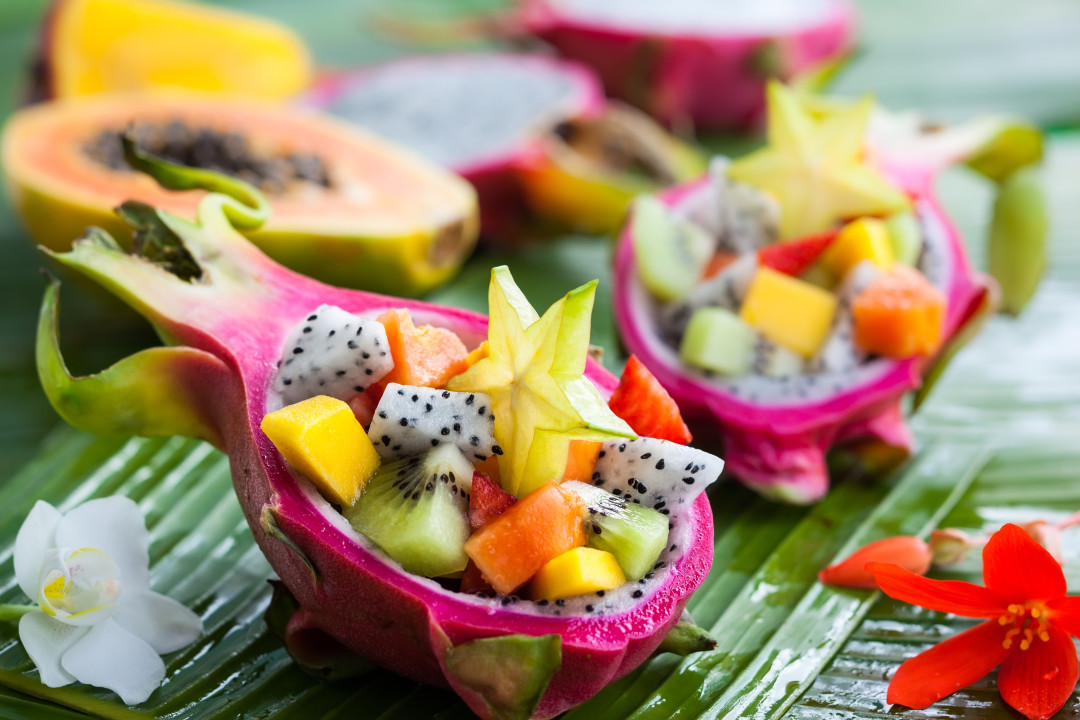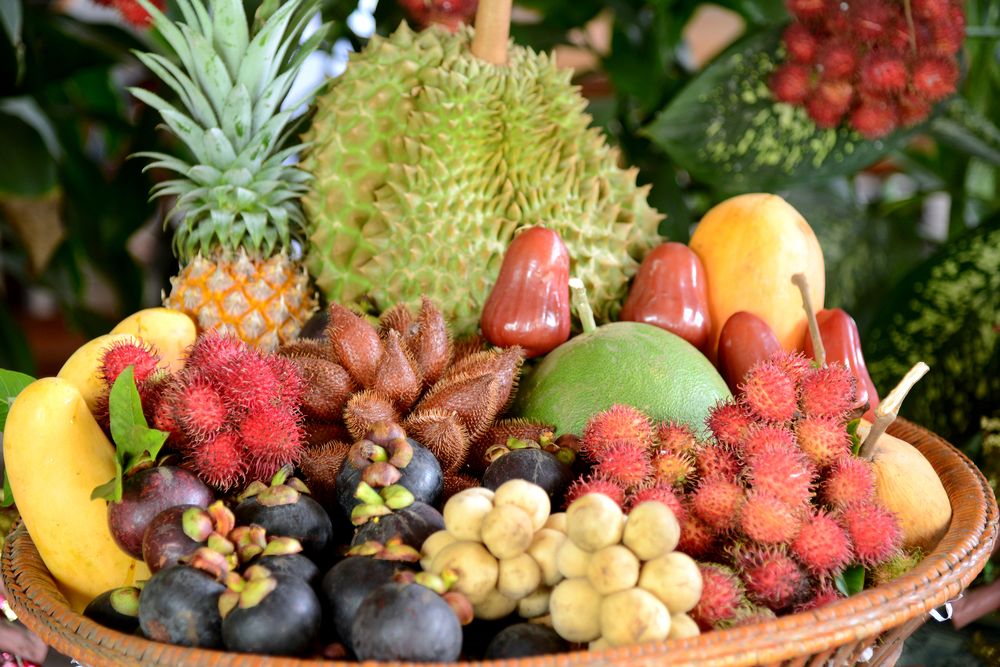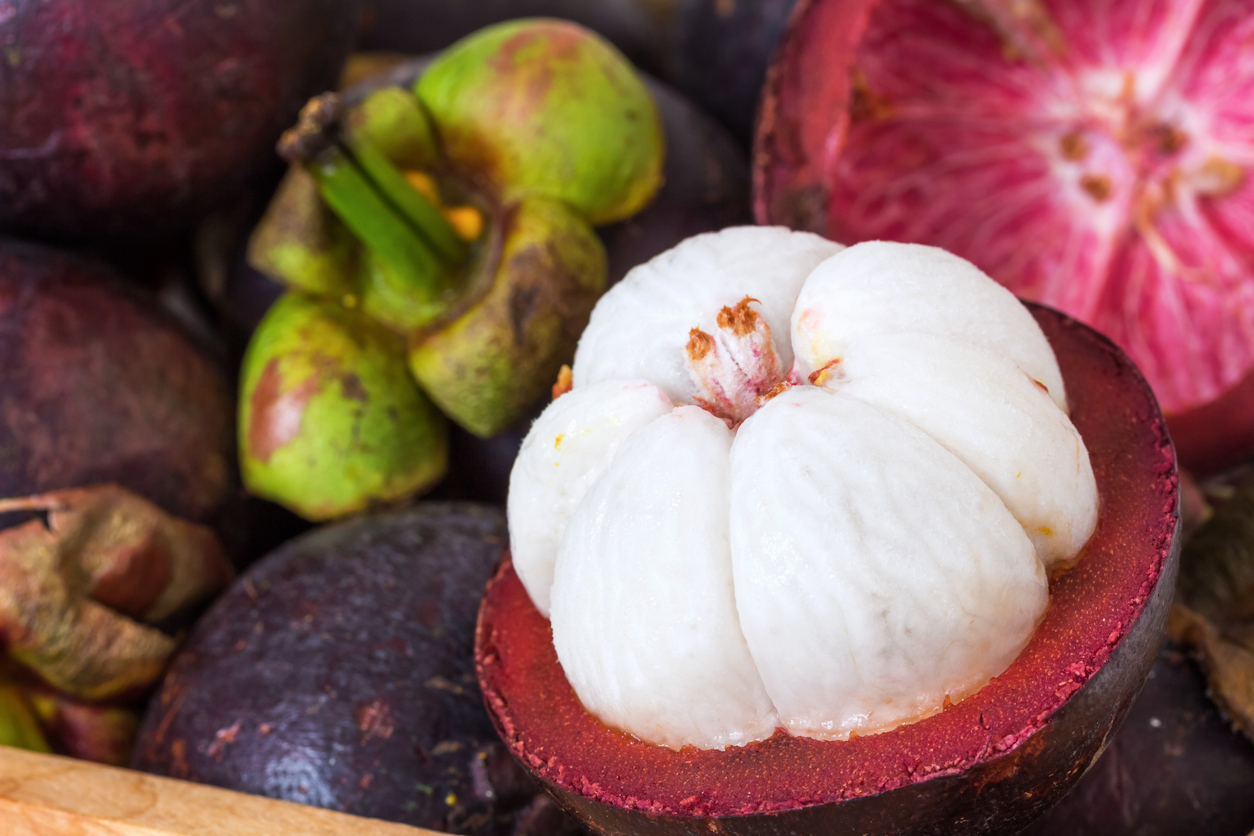A Taste of the Exotic: Discovering Australia’s Unique Fruit Paradise
A Taste of the Exotic: Discovering Australia’s Unique Fruit Paradise

Australia, a land of vast landscapes and diverse wildlife, also boasts a unique and vibrant fruit scene. Beyond the familiar bananas and oranges, a world of exotic and delicious fruits awaits, each offering a burst of flavor and a glimpse into the country’s rich agricultural heritage.
Beyond the Ordinary: Unveiling Australia’s Unique Fruit Treasures
Related Articles: A Taste of the Exotic: Discovering Australia’s Unique Fruit Paradise
- Weaving The Tapestry Of Identity: Understanding Indigenous And Aboriginal Peoples
- The Symphony Of The Land: Exploring The Communication Instruments Of Aboriginal Australia
- A Tapestry Of Tongues: How Australia’s Linguistic Landscape Reflects Its Diverse History
- The Rhythms Of The Earth: A Journey Through Aboriginal Musical Instruments
- Uncovering The Wealth Of Indigenous Australia: A Look At The Richest Aboriginal Australians
While the world might know Australia for its iconic mangoes and passionfruit, there’s a hidden world of unique fruits waiting to be discovered. These lesser-known gems offer a taste of the unexpected, challenging our palates and expanding our culinary horizons.
1. Davidson Plum:
This small, dark purple fruit, native to the rainforests of Queensland, is a powerhouse of flavor. Its tart, tangy, and slightly astringent taste, reminiscent of both plums and blueberries, makes it a popular ingredient in jams, sauces, and desserts. The Davidson plum is also a source of antioxidants and vitamins, making it a healthy addition to any diet.
2. Finger Lime:
This unique citrus fruit, also known as "citrus caviar," is a true culinary delight. Its small, pearl-like segments burst with a refreshing, tangy juice, adding a burst of citrusy flavor to salads, seafood dishes, and even cocktails. The finger lime’s vibrant green color and distinctive texture make it a visually stunning addition to any plate.
3. Quandong:
This ancient Australian fruit, also known as "native peach," is a true taste of the outback. Its sweet, slightly tart flavor, reminiscent of apricots and peaches, is a welcome surprise in the harsh desert landscape. The quandong is a versatile fruit, enjoyed fresh, dried, or used in jams, chutneys, and even cakes.
4. Kakadu Plum:

This small, yellow fruit, found in the Northern Territory, is renowned for its incredible vitamin C content, making it one of the richest sources of the vitamin in the world. Its tart, slightly astringent flavor is best enjoyed in jams, sauces, and juices, adding a burst of freshness and health benefits.
5. Illawarra Plum:
This small, purple fruit, native to the Illawarra region of New South Wales, is a unique and versatile fruit. Its sweet, slightly tart flavor, reminiscent of blueberries and plums, makes it a popular ingredient in jams, pies, and sauces. The Illawarra plum is also a good source of vitamin C and antioxidants.
6. Bunya Nut:
This large, pine cone-shaped fruit, found in Queensland, is a true taste of the ancient Australian rainforest. Its starchy, nutty flavor is best enjoyed roasted or boiled, and its large size makes it a perfect snack for sharing. The Bunya nut is also a good source of protein, fiber, and essential minerals.

7. Native Raspberries:
Australia’s native raspberries, also known as "bush raspberries," are a delicious and nutritious treat. Their sweet, tart flavor, reminiscent of regular raspberries, is a welcome addition to desserts, jams, and sauces. These tiny berries are also a good source of antioxidants and vitamins.
8. Desert Lime:
This small, round fruit, found in the arid regions of Australia, is a surprising culinary delight. Its intensely tart and tangy flavor, reminiscent of lemons and limes, is a perfect addition to salads, sauces, and drinks. The desert lime is also a good source of vitamin C and antioxidants.
9. Native Tamarind:

This large, brown pod, found in the tropical regions of Australia, is a unique and versatile fruit. Its sweet, tart, and slightly acidic flavor, reminiscent of tamarind, is a popular ingredient in curries, chutneys, and sauces. The native tamarind is also a good source of fiber and antioxidants.
10. Riberry:
This small, red berry, found in the rainforests of eastern Australia, is a true taste of the bush. Its sweet, tart, and slightly astringent flavor, reminiscent of raspberries and blueberries, is a welcome addition to jams, sauces, and desserts. The riberry is also a good source of vitamin C and antioxidants.
Exploring the Flavors of Australia’s Unique Fruits
These unique fruits offer a window into the diverse and vibrant culinary landscape of Australia. They are not just a source of nourishment but also a reflection of the country’s rich cultural heritage and the ingenuity of its people.
Cultivating a Connection: Growing Unique Fruits in Your Own Backyard
Many of these unique fruits can be grown in home gardens, offering a unique and rewarding experience. With proper care and attention, you can enjoy the taste of Australia’s exotic fruits year after year.
Tips for Growing Unique Fruits in Australia:
- Choose the right climate: Some fruits thrive in warmer climates, while others prefer cooler temperatures. Research the specific needs of each fruit before planting.
- Prepare the soil: Ensure the soil is well-drained and rich in nutrients.
- Provide adequate sunlight: Most fruit trees require at least 6 hours of sunlight per day.
- Water regularly: Keep the soil moist but not waterlogged.
- Fertilize regularly: Use a balanced fertilizer to provide essential nutrients.
- Prune regularly: Pruning helps to encourage healthy growth and fruit production.
Beyond the Garden Gate: Discovering Unique Fruits in Australian Markets
If you’re not ready to embark on a fruit-growing journey, there are plenty of opportunities to discover these unique fruits in Australian markets. Farmers markets, specialty fruit stores, and even some supermarkets stock a range of exotic fruits, allowing you to explore the diverse flavors of Australia.
Embracing the Uniqueness: Recipes and Culinary Delights
These unique fruits offer endless possibilities in the kitchen. From jams and sauces to cakes and cocktails, the possibilities are limited only by your imagination.
Here are a few ideas to get you started:
- Davidson Plum Jam: The tart, tangy flavor of the Davidson plum makes a delicious and unique jam.
- Finger Lime Salad: The citrusy burst of finger lime adds a refreshing touch to any salad.
- Quandong Chutney: The sweet and slightly tart flavor of the quandong is a perfect complement to grilled meats.
- Kakadu Plum Smoothie: The high vitamin C content of the Kakadu plum makes it a healthy and delicious addition to any smoothie.
- Illawarra Plum Pie: The sweet and slightly tart flavor of the Illawarra plum is perfect for a classic pie.
- Bunya Nut Bread: The starchy, nutty flavor of the Bunya nut adds a unique twist to traditional bread.
- Native Raspberry Jam: The sweet, tart flavor of native raspberries makes a delicious and refreshing jam.
- Desert Lime Margarita: The intensely tart and tangy flavor of the desert lime adds a unique twist to a classic margarita.
- Native Tamarind Curry: The sweet, tart, and slightly acidic flavor of the native tamarind is a perfect ingredient for a flavorful curry.
- Riberry Crumble: The sweet, tart, and slightly astringent flavor of the riberry is a delicious addition to a classic crumble.
Beyond the Plate: The Cultural Significance of Unique Fruits
These unique fruits are not just culinary delights but also hold cultural significance for Indigenous Australians. They have been used for generations as food, medicine, and tools, and their stories and traditions are interwoven into the fabric of Australian culture.
Preserving the Legacy: Supporting Sustainable Farming Practices
As we explore the diverse and vibrant world of Australian unique fruits, it’s important to support sustainable farming practices that ensure their future.
Here are a few ways to make a difference:
- Choose locally grown fruits: Supporting local farmers helps to ensure the sustainability of the fruit industry.
- Reduce food waste: Make conscious efforts to reduce food waste by planning meals and using leftover fruits creatively.
- Educate others: Share your knowledge about unique fruits and the importance of sustainable farming practices.
A Journey of Discovery: Embracing the Flavor of Australia’s Unique Fruits
From the vibrant rainforests of Queensland to the arid outback, Australia’s unique fruits offer a taste of the unexpected. They are a testament to the country’s diverse landscape, rich cultural heritage, and the ingenuity of its people. By embracing these unique fruits, we can not only expand our culinary horizons but also contribute to the preservation of Australia’s rich agricultural heritage.
FAQ: Unique Fruits in Australia
1. Where can I find these unique fruits?
You can find these unique fruits at farmers markets, specialty fruit stores, and some supermarkets. You can also try growing them in your own backyard.
2. What are the best ways to eat these fruits?
These fruits can be enjoyed fresh, dried, or used in jams, sauces, chutneys, cakes, and even cocktails.
3. Are these fruits good for you?
Yes, many of these unique fruits are packed with vitamins, antioxidants, and other nutrients.
4. What is the best time of year to enjoy these fruits?
The best time to enjoy these fruits varies depending on the specific fruit and the region. It’s best to check with local farmers or fruit stores for the best time to find your favorites.
5. How can I support sustainable farming practices for unique fruits?
You can support sustainable farming practices by choosing locally grown fruits, reducing food waste, and educating others about the importance of sustainable agriculture.

Closure
Thus, we hope this article has provided valuable insights into A Taste of the Exotic: Discovering Australia’s Unique Fruit Paradise. We thank you for taking the time to read this article. See you in our next article!


